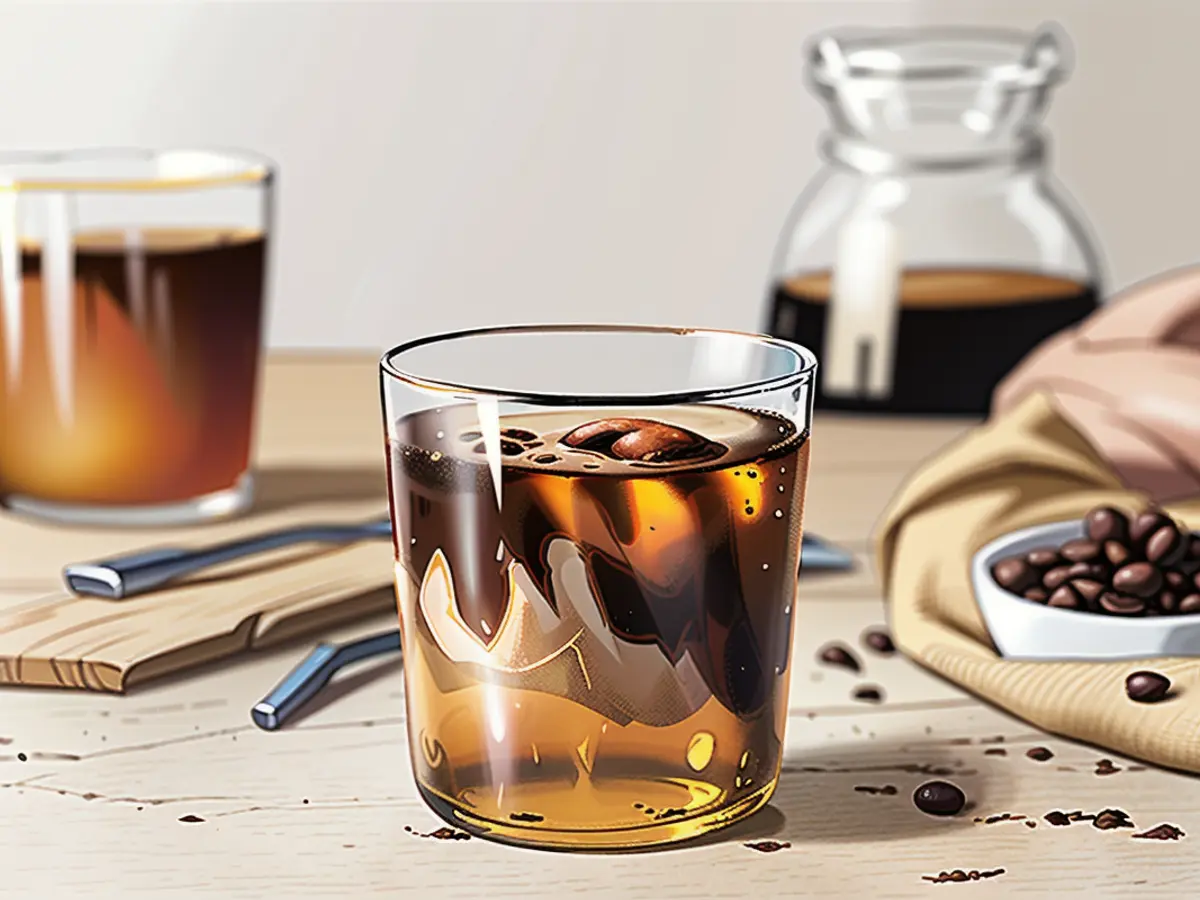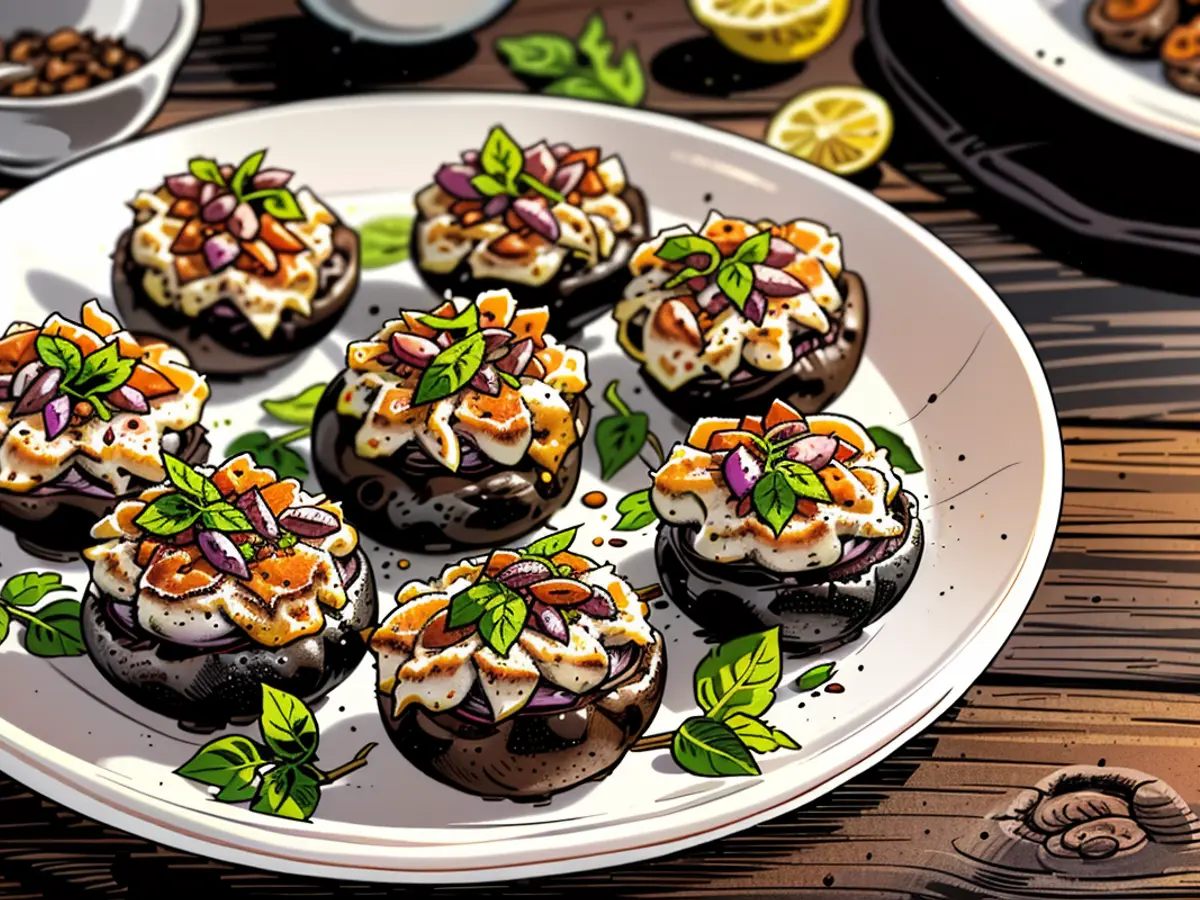Learn the Process of Creating Cold Brew Coffee.
Make a delightful and strong cold brew coffee concentrate easily at home without being a full-on coffee enthusiast. The simplicity of the process and its enticing outcomes make it worth attempting even for the casual iced coffee drinker. Here's an effortless step-by-step guide to get you started this summer with abundant energy.
What is cold brew coffee?
Cold brew is coffee made without heat. Typically, when brewing coffee, the coffee grounds interact with water close to boiling temperature, which speeds up the extraction process. In contrast, cold brew is a leisurely two-step process: combine the coffee grounds and water and wait.

Credit: Allie Chanthorn Reinmann
Credit: Allie Chanthorn Reinmann
Why should you make cold brew?
$18.95Save $4.51
No fuss brewing. One advantage of cold brew is that it's an uncomplicated process. After combining the coffee and water, there's no immediate need to think about it until the next day.
As I said earlier, cold brew is a concentrate. It can last as long as cold brewed coffee using the supermarket's or cafe's coffee, which is made to their liking, but at home, you can play around with ratios and roasts to make your ideal blend.
$14.44at Amazon
No special equipment required. For home-brewed cold brew, you only need a container with a lid, medium-coarse coffee grounds, and filtered water. You can then strain the brew using any of the methods I describe in Step 5.
Recommended tools for your cold brew adventure:
$18.95Save $4.51Seamlessly move from fine ground to a coarse ground coffee with this grinder.Oxo Brew Conical Burr Coffee Grinder$99.95at Walmart$0.00Save 0.00
An accurate kitchen scale for ensuring consistent coffee ratios.Ozeri Pro Digital Kitchen Scale - $14.44 on AmazonOzeri Pro Digital Kitchen Scale - $18.95 at Walmart (Save $4.51)
A versatile grinder to transition from fine to coarse coffee grounds.Oxo Brew Conical Burr Coffee Grinder - $99.95 at Walmart
$99.95at Walmart$0.00Save 0.00Easy to use coffee press.Bodum Brazil French Press Coffee Maker$15.99at Amazon
A simple coffee press for an easy brew.Bodum Brazil French Press Coffee Maker - $15.99 on Amazon
A reusable mesh bag to remove stubborn coffee fragments.3-pack Reusable Nut Milk Bags - $5.99 at Walmart
$27.50Save $11.51
Step-by-step guide to making cold brew coffee
Credit: Allie Chanthorn Reinmann
$15.99at Amazon
1. Select your beans
The array of coffee beans and roasts offer various flavors and notes similar to the effect of terroir in wine-making. Whatever coffee you prefer is the one you should use. For best results, opt for beans stored in unopened bags or preferably whole bean format. For this brew, I used Cafe Grumpy's Momentum blend. Freshly ground coffee produces more flavor, so if you opt for a less expensive brand, still grind the whole beans before use. Of course, we head to the next step.
$27.50Save $11.51Strain out those stubborn coffee bits with this reusable mesh bag.3-pack Reusable Nut Milk Bags$5.99at Walmart$6.99Save $1.00
The difference between medium and coarse grounds.Credit: Allie Chanthorn Reinmann
2. Use a coarse grind
$5.99at Walmart$6.99Save $1.00
Choose the size of the grounds based on convenience and straining. Smaller grounds create a stronger flavor, but they also leave a muddy residue in your drink. Use a medium-coarse grind, slightly leaning toward coarse sides.
Credit: Allie Chanthorn Reinmann
Credit: Allie Chanthorn Reinmann
3. Weigh your ingredients
Cold brew concentrate ratios vary from 1:2 to 1:8 parts coffee and water. I usually favor a 1:4 or 1:5 ratio, as this amount of water enhances contact with the beans. This amount also fits well in my French press. [(Link to the cold brew concentrate ratios list above)]
Left: a medium grind, Right: a coarse grind.Credit: Allie Chanthorn Reinmann
Now that you're ready to go, it's time to put together your equipment: a clean glass container with a lid, coarsely-ground coffee, and filtered water. Once you've gathered your items, proceed to Step 4.
So, when you're ready to serve your cold brew, add water to the concentrate. Even if your ratio isn't spot on, you can adjust it later. After choosing your ratio, do some easy math - it won't be that difficult. If you have a kitchen scale, that'd be helpful.
Credit: Allie Chanthorn Reinmann
I prefer using my French press for cold brew since it has a capacity of holding up to four cups of liquid. I usually use around five ounces of coffee beans and 20 to 25 ounces of water. Mix the beans and filtered water in a container of your choice then stir it thoroughly with a spoon or a chopstick.
If you don't have a scale and absolutely won't buy one, you could use volume measurements. Keep in mind you may need to adjust your dilution later to achieve the perfect mix. For my 1:5 ratio, I used two cups of ground beans and just over three cups of water.
Credit: Allie Chanthorn Reinmann
Step 4: Steep
If your French press has a lid, put it on. If not, use a plunger to press down the mesh until it reaches the water level, keeping the grounds submerged. Leave the brew on the counter at room temperature for approximately 16 to 18 hours. If you can't make that timeframe due to your schedule or an unusual timing, store it in the refrigerator to steep for 20 to 24 hours instead.
Credit: Allie Chanthorn Reinmann
Step 5: Strain and move
I started steeping my cold brew at 3 p.m. the day prior and strained it into a mason jar lined with a nut milk bag this morning at 8 a.m. For straining, a French press already has a mesh strainer, but some grounds might still slip through. A secondary finer sieve is useful in capturing these stray bits. I prefer nut milk bags as they're reusable, but if you don't have one you can use a paper coffee filter, numerous layers of cheesecloth, or even a sheet of paper towel in a multipurpose sieve.
Credit: Allie Chanthorn Reinmann
Decant the mixture into a jar or container of your choice as long as it has a tight-fitting lid for storage.
Step 6: Dilute and savor
Finally, it's time to consume it! You might have thought you used a lot of beans for not much coffee, but don't worry. Cold brew concentrate can be misleading. I like filling a glass approximately halfway with ice and combining equal parts concentrate and water. The amount of dilution required depends on your concentrate's potency. Feel free to add milk if you prefer. Now it's possible to enjoy your chilled summer cold brew without going to a café.
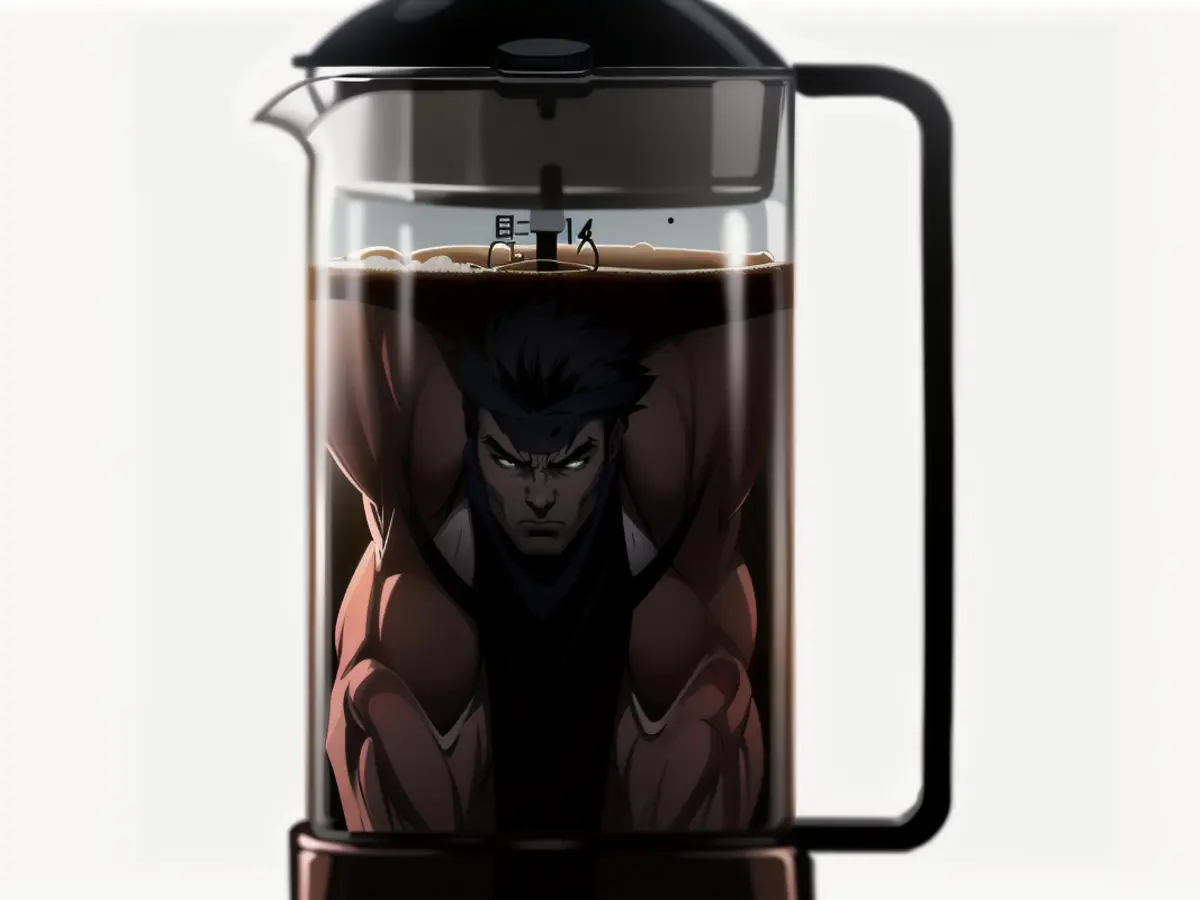

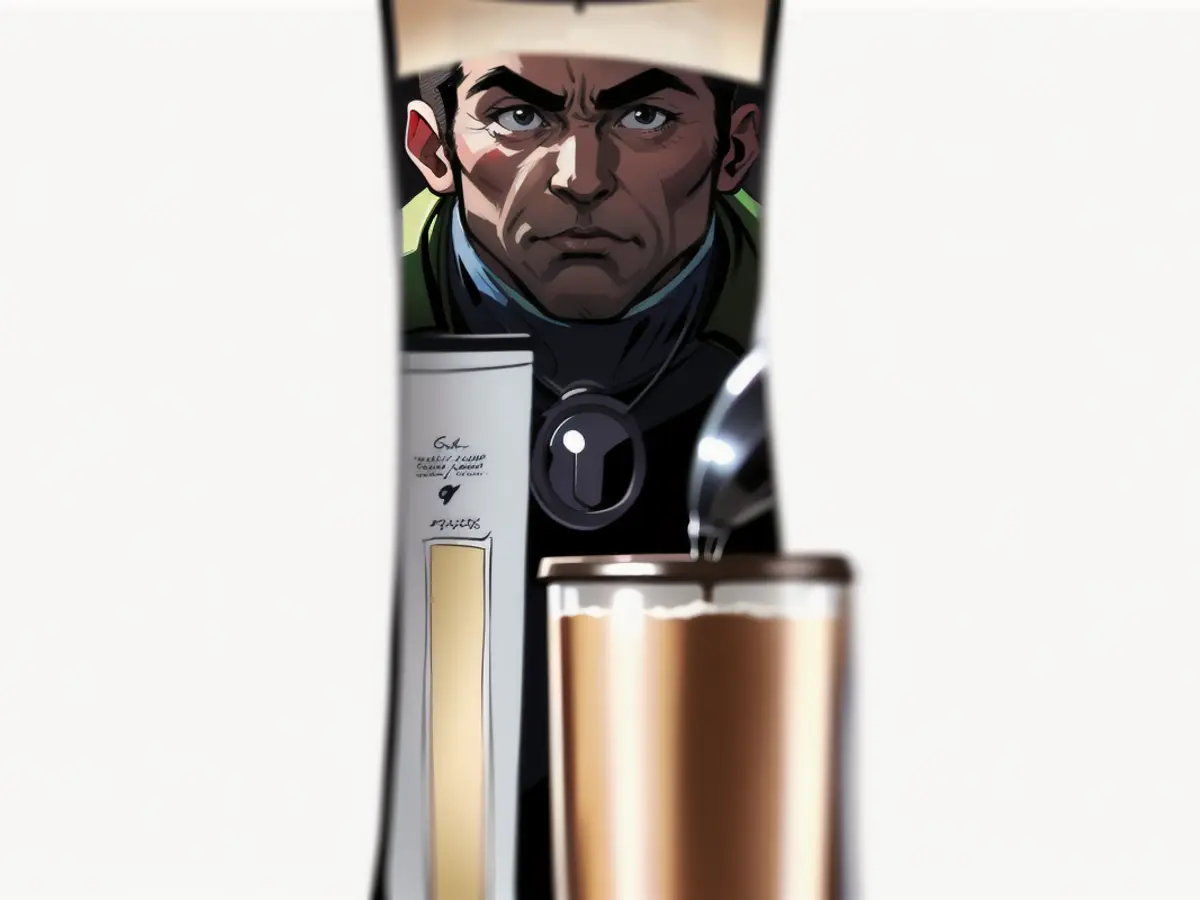
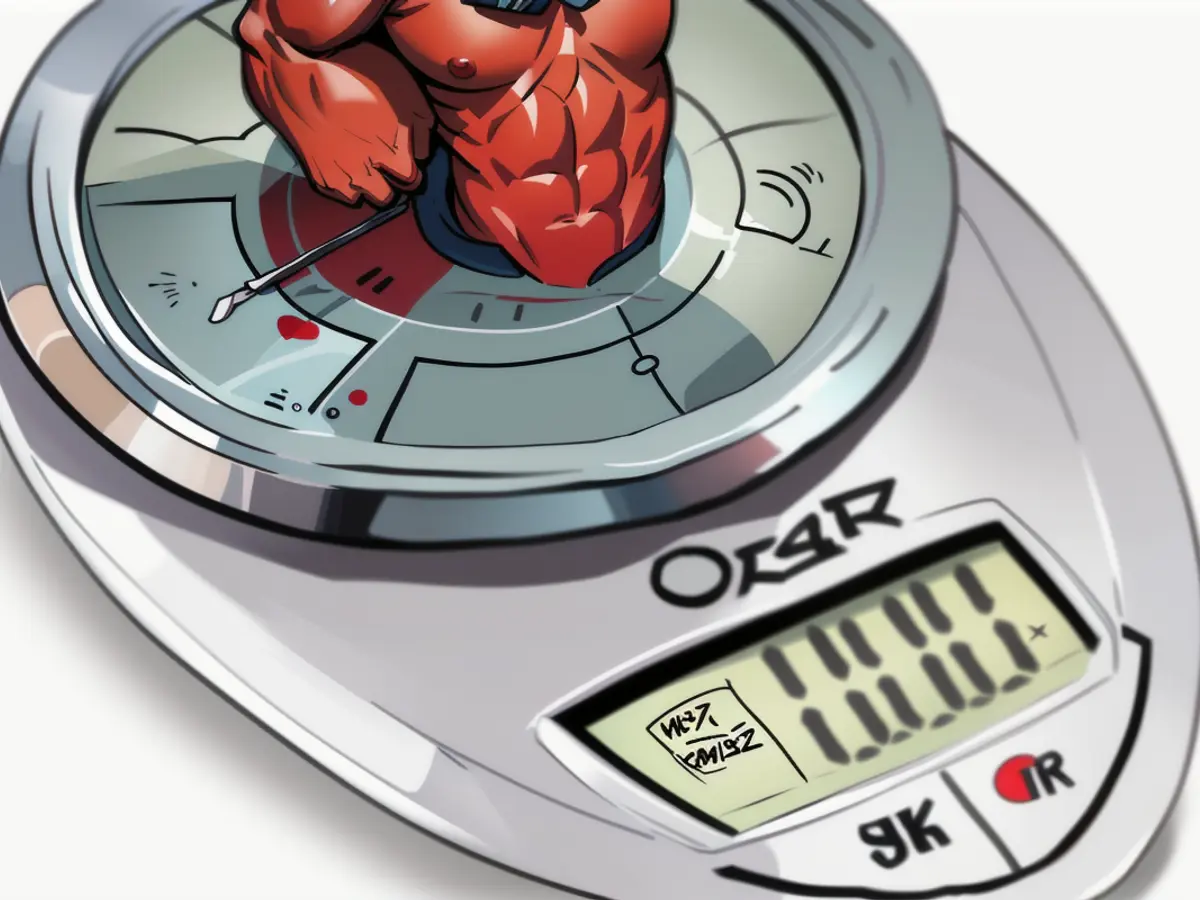


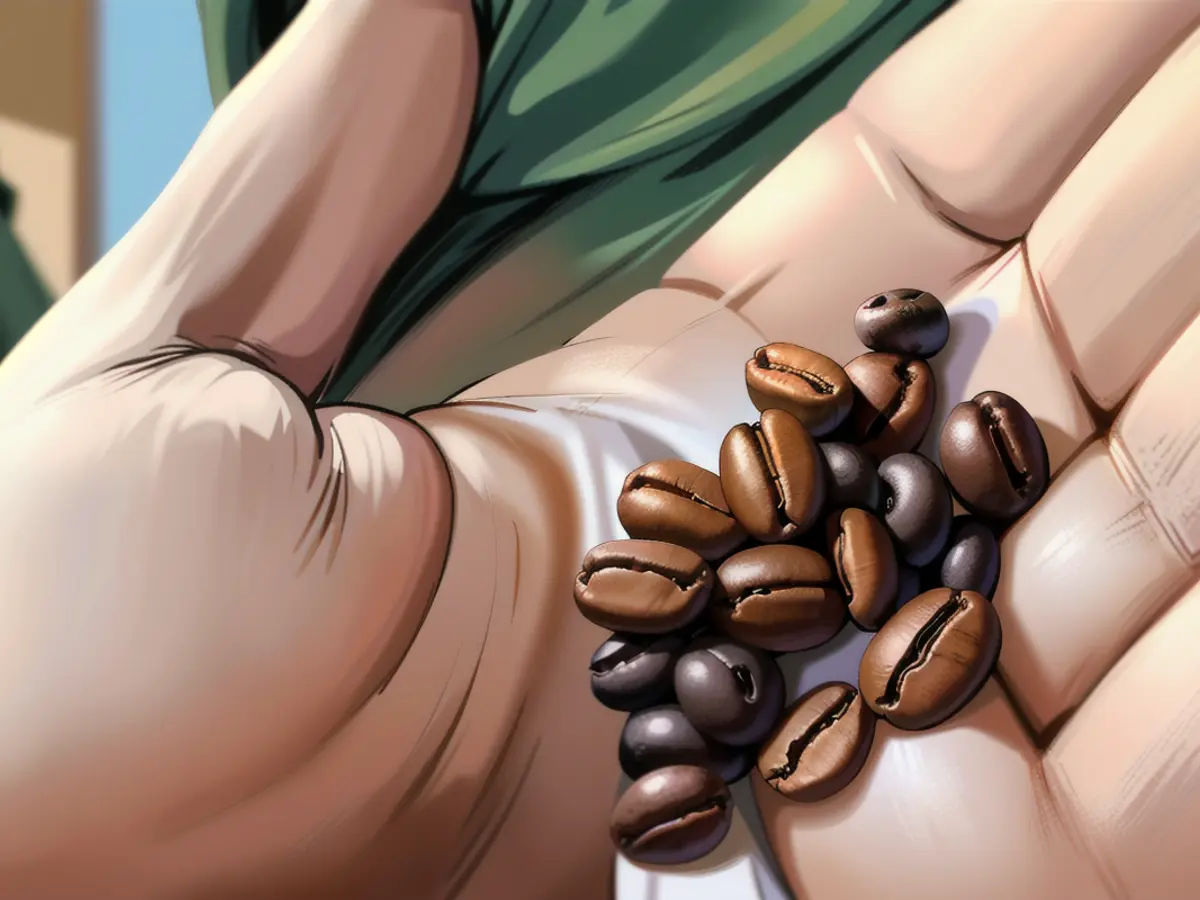


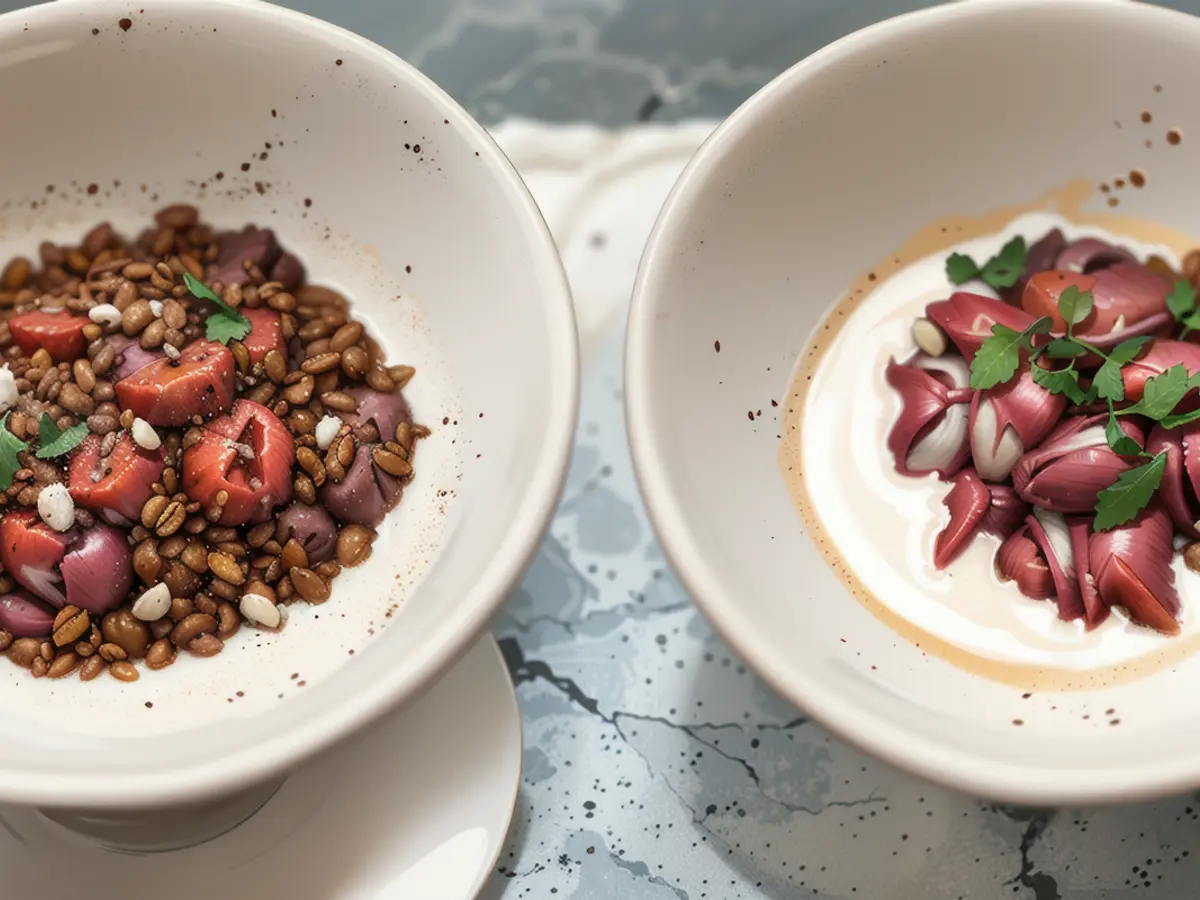
Read also:
This easy-to-follow guide will show you how to create a strong and flavorful cold brew coffee concentrate using simple household items. If you're curious about how to make cold brew coffee, this is the perfect opportunity to experiment with different coffee blends and ratios.
To make your cold brew coffee even more delicious, consider trying out different foods and drinks that pair well with it, such as pastries or fruits. Experimenting with different combinations can help you discover new flavor profiles and create a unique cold brew coffee experience.
As mentioned earlier in the guide, one advantage of cold brew is its simplicity, making it an effortless and convenient way to enjoy a delicious cup of coffee at home without the need for expensive equipment or complicated processes. After trying this cold brew coffee recipe, you may never want to go back to traditional hot brewing methods again!
